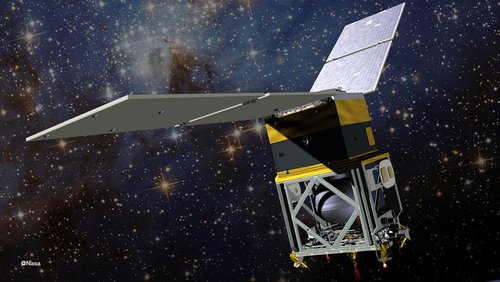- Joined
- 9 October 2009
- Messages
- 21,866
- Reaction score
- 13,392
An interesting patent from 2017:

 ieeexplore.ieee.org
ieeexplore.ieee.org

Materials for liquid RF electronics: Long term operation of gallium liquid metal alloys in reconfigurable RF applciations
Room temperature liquid electronics offers the potential of rewiring and reconfiguring functionality in real-time. One of the most promising materials recently explored for these components is gallium liquid metal alloys (GaLMAs) because of their non-toxic and self-healing properties...




























